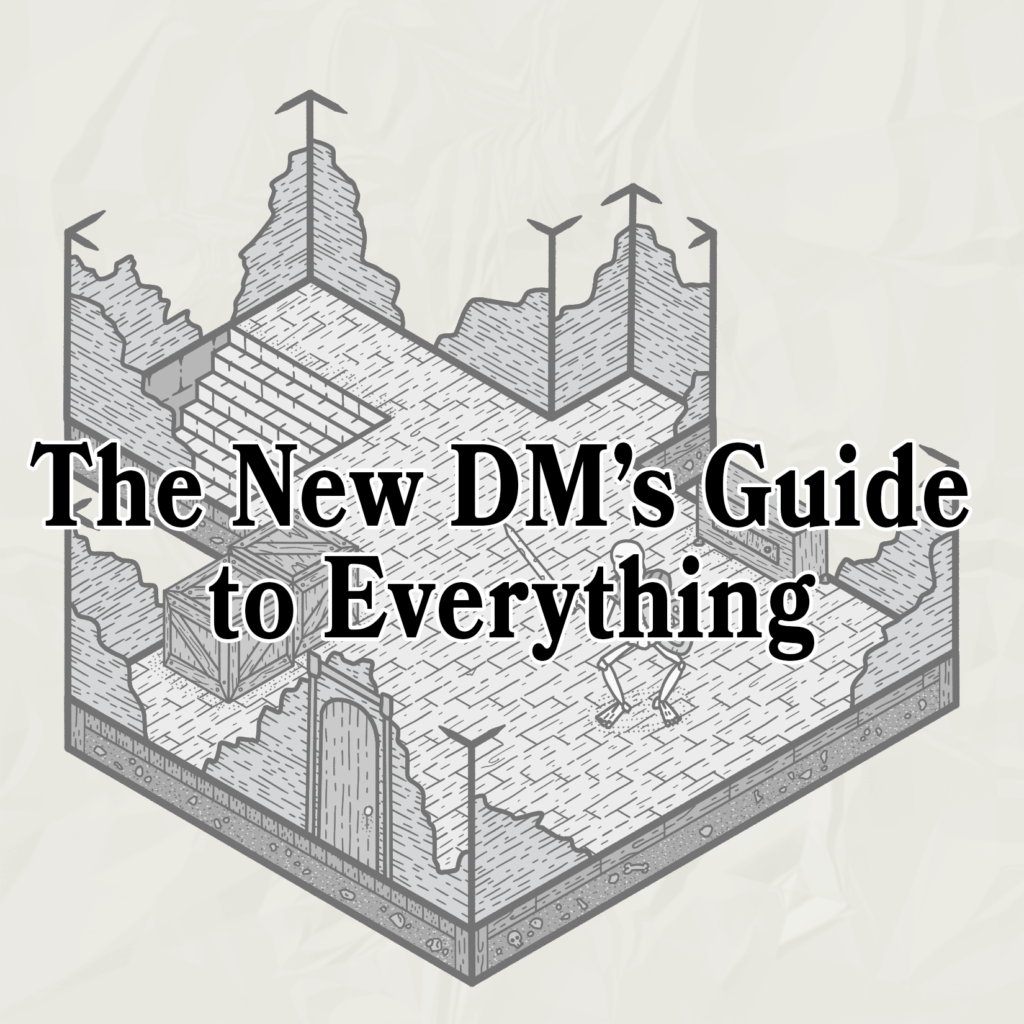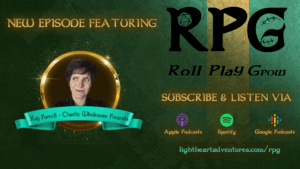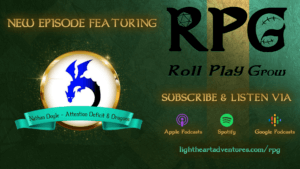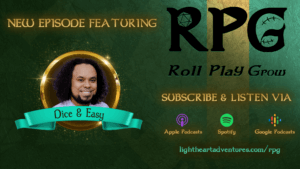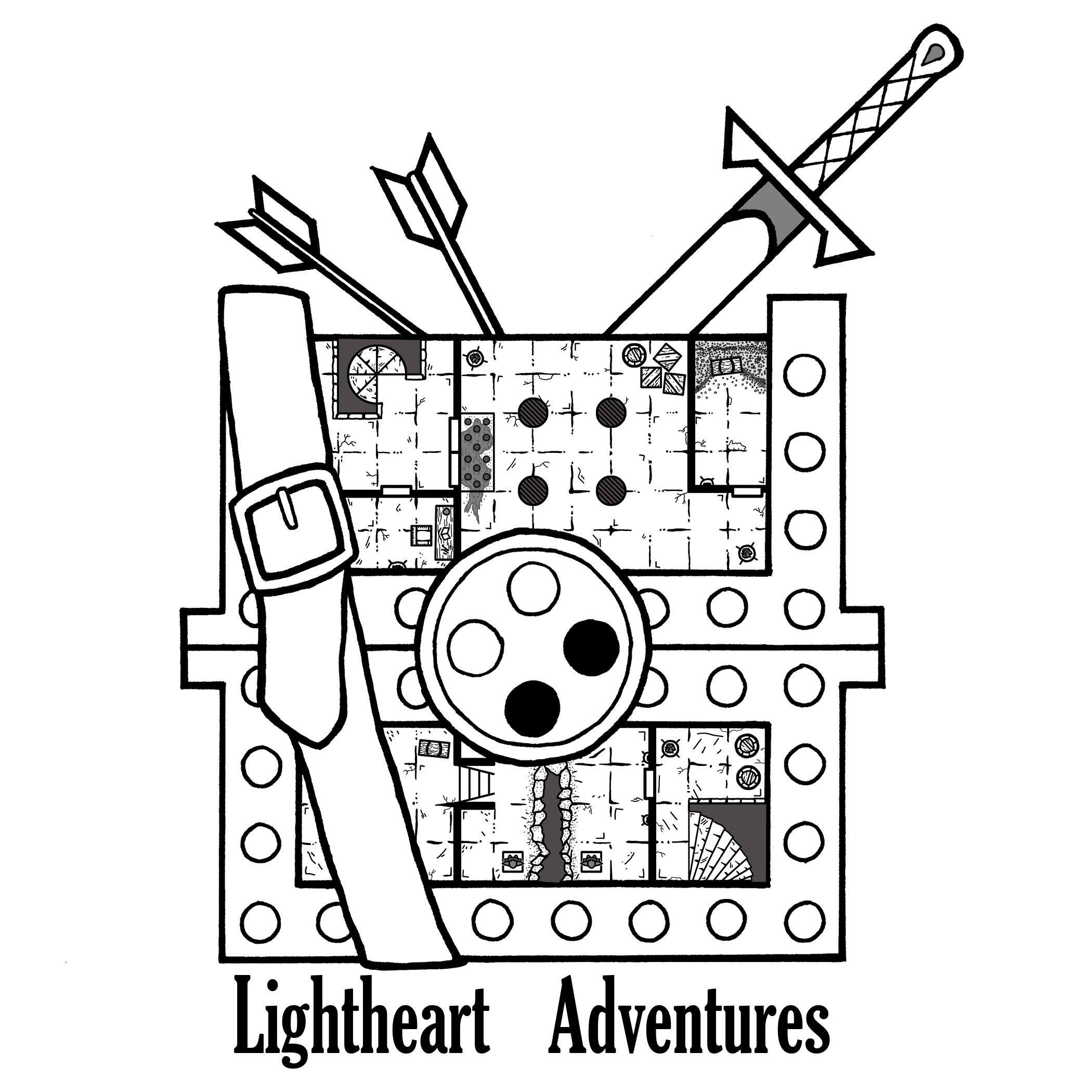So you managed to wrangle some friends into playing D&D, but you’ve never played before. Or perhaps you’re inspired by the many live-play shows to start your own campaign, and you have no idea where to begin. There’s a lot to consider before you ever put pen to paper–especially if you haven’t ever played a role playing game before, and you might feel a little overwhelmed or even intimidated. We want to assure you that being a Dungeon Master is incredibly rewarding and fun, and it’s okay if you don’t know everything. In our next series, The DM’s Guide to Everything, we’re going to show you how to start a new campaign, support your players, and most importantly, show everyone a good time.
Be sure to check out our other DM’s Guide to Everything posts:
- How to Create a Safe Environment for your TTRPG Players
- Worldbuilding for TTRPGs
- Worldbuilding Part 2: Encounter ideas for your TTRPG map
- How to Design TTRPG Encounters
- How to Design a Dungeon
- How to Draw a Dungeon
Disclaimer: This post contains affiliate links, meaning we may receive a small commission from qualifying purchases if you click on our links, at no additional cost to you. As Amazon affiliates, we may earn from qualifying purchases. You can see our full disclosure here. Thanks for supporting your favorite dungeon artists!
Let's start at the very beginning
Congratulations! You’ve got your group; you’re pretty sure they’re committed, and you have some time before the first session. As a first time dungeon master, you have an expectation that you must know every rule, every monster stat, and every esoteric table by heart. I can tell you for sure that this is not the case. I still get caught up on how cover works or get thrown off guard by my player’s quirky antics from time to time. Really, your part as the Dungeon Master is to tell a story and make sure everyone has fun. Having encyclopedic knowledge may help some to do this, but it’s really not necessary. The first step is to get a basic knowledge of how the game works to help a session flow smoothly. Here are a few resources that I recommend:
Books
Of the official D&D books out there, the only one that I would say is 100% necessary is the Player’s handbook. That might sound odd, as you might think the Dungeon Master’s Guide might be more worth-while. The Player’s handbook has all of the crucial rules that could come up within a session, while the DM’s Guide is more for world building ahead of time.
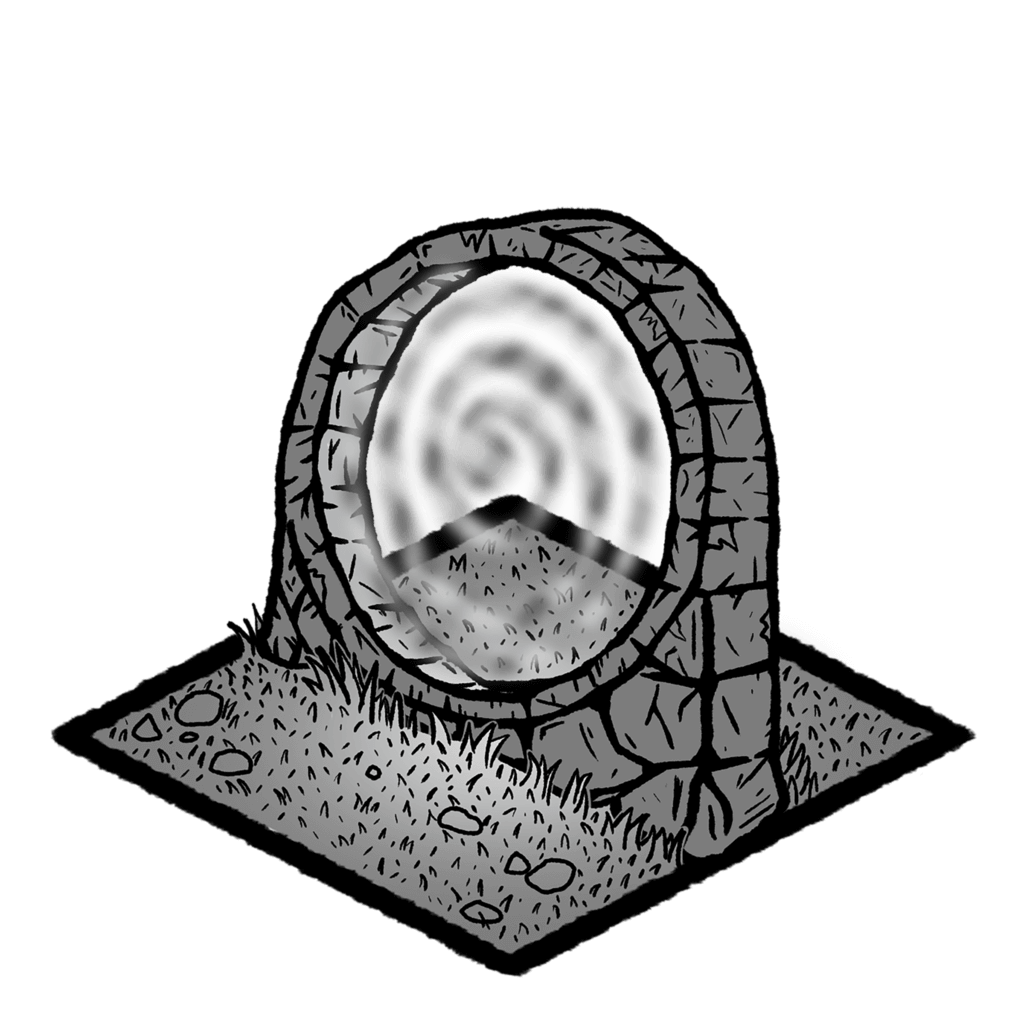
Online Resources
Made by the cast of Critical Role, this video series serves as bite-sized introductions to many rules and features of D&D. If your time is limited, I’d suggest checking out the first half of the playlist then looking through the Player’s handbook as needed.
Dungeons and Dragons released a portion of their rules online for free, to allow anyone to use them as they see fit. Open5e collected everything into one site which makes searching for particular rules pretty easy. I frequently have a page open during gameplay sessions to quickly reference a rule or spell that I may not know off the top of my head. One downfall is that due to D&D’s open gaming license, the amount of information other sites can use is limited. For example, Open5e has only three-quarters of the available spells and magic items, and just one subclass for each character class in the books.
Worldbuilding
Now that you’ve got a basic grasp on the rules, you can start brainstorming campaign ideas! I suggest writing tools like Microsoft OneNote (since it’s free) or GoogleDocs to keep track of everything.
Easy Mode: Using a Pre-Written Campaign Book
If this is your first time, the idea of writing an entire story line may be way too daunting, and that is okay! There are a plethora of pre-written campaigns available that have worlds ready and waiting to be explored. These books are perfect for DMs with little time to write up an entire campaign, and most hold enough encounters and ideas to fuel multiple sessions. One drawback is that if the party decides to do something that isn’t covered within the book, you’ll have to improvise a bit to make everything flow. We’ll go over improvisation within your campaign in a later post, but we promise it’s not as scary as it sounds.
One last decision to make ahead of time is the level of your group’s adventurers. Starting your group off at lower levels is a great way for everyone to learn their roles and abilities. This will also impact what campaigns are available to you. As a note, there tend to be far more campaigns written for lower levels (from 1 to 5) than higher.
With that said, here’s some suggestions for some pre-written campaigns. We’ll talk about Homebrewing next!
Prewritten Campaign Books:
I received this book as a gift early on in our gaming group’s campaign. The book spans adventurer levels one through five. Since my players were still pretty fresh, I decided to alter the current campaign to align with the book’s story. They had a blast exploring Waterdeep and navigating the different encounters found there. Plus, since the setting is from older sources, it was much easier to find new things to do when the party finished the book.
This is more of a source book that details a specific setting with Dungeons and Dragons lore. Eberron is a continent struggling to remain at peace after years of wars and calamity has torn the land asunder. The focus of Eberron is high fantasy and swashbuckling action mixed with gritty noir storytelling. The book has one pre-written adventure within with scores of other interesting tidbits that are useful for your own stories.
A great Beginner Campaign for one DM and one player:
If you only have one player in your party, we highly recommend this adventure for one on one play. This adventure is great for a new DM, a new player, or both! It guides the adventurer through how combat and social challenges work right from the start. It honestly felt reminiscent of a video game introduction where the player learns the controls, and we loved it. Once the player and DM get a taste for the rules, they’re accidentally teleported to a frozen wilderness. This first story turns into a three-part series and is a wonderful introduction to D&D!
Challenge Mode: Starting with Homebrew
Homebrew is the catch-all term in the TTRPG space for writing your own content for games. It’s a pretty big endeavor to develop your own world from the ground up for your first gaming sessions, but it is possible! Here’s a few tips if you want to go this route:
Start Small
While you may be eager to develop a massive, overarching story line featuring hundreds of characters and locations, I recommend limiting your world-building to a small location. For my first game I created a small continent detached from the larger world, and added a few major cities and landmarks with minimal details. I spent most of my prep time building up the small town the party would start in rather than the minutiae of places they might never visit. In my opinion it’s better to spend time making a small area have a “lived-in” feeling rather than developing an expansive world history.
Make an outline
If you have a story arc in mind, it’s best to have the broad strokes down and fill out the details as you go. You could start with “the king is assassinated/party finds the lost princess/she doesn’t want the throne” and let the actions of your players dictate what happens next. Keep in mind that even if you have a large, Star Wars-esque plot, it can be derailed quite easily if the players don’t want to follow the story you’ve set out.
Don’t be afraid to reference other media
There’s nothing wrong with adapting your favorite books/movies/comics into plot points in your story! Instead of destroying the ring of power in Mt. Doom, maybe the party finds a way to eradicate a lich’s grimoire.
Take inspiration from your favorite cartographer’s maps
If you’ve been around here before, you know that maps are kind of our thing. We have map packets available on DM’s Guild, we have free Side Quests–short, one-shot adventures for your party to stumble on which all include maps, and every map we make is available for download on Patreon. Regardless of where you get your maps, finding a good dungeon map can give you heaps of inspiration around what beasties might appear in your campaigns!
Homebrew Aids
I picked this book up on a whim when I started DMing my own games rather than just playing. It contains writing tips from two dozen writers to help flesh out your own adventures, from making monsters “cooler” to creating a sense of atmosphere in both your dungeons and storytelling. While this book is technically “system neutral” (meaning it doesn’t strictly pertain to D&D or even 5e rules), I highly recommend this book once you’re ready to start writing your campaign.
Wrap up
That about does it for part one of our New DM’s Guide to Everything! Your “homework” this week is to look over those rules references I mentioned and decide whether you’re going to start with a pre-written campaign or write your own story. Next time I’ll cover session zero and other first game hurdles. Make sure you subscribe to our email list below so you can keep up with each week’s post!
Thanks for dropping by! We would love to know how your first gaming session goes, so please drop a comment here on the blog, on Twitter, Facebook, Instagram, or Discord to let us know how it went! If you’d like access to more maps and content, including downloadable PDFs of our adventures, check out our Patreon. We’re able to do what we do because of all our amazing Patrons!

